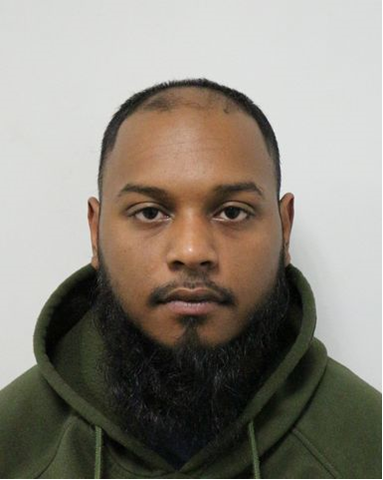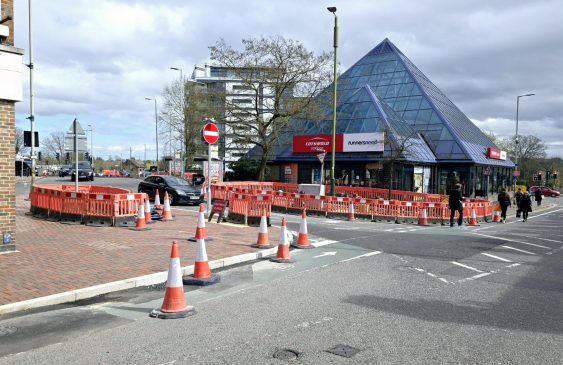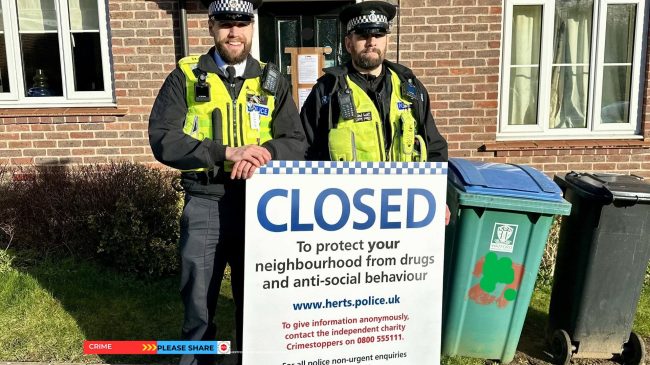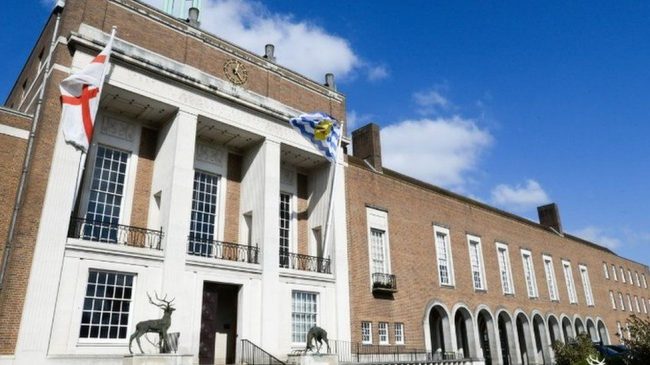MET Police use A.I Software to bring criminal stalker to justice
Stalker jailed after Met detectives use analytical software to evidence his every move
Anhar Hussain, aged 23, of Review Road, Dagenham, was given a sentence of three years and nine months in jail on Friday 3 February by Snaresbrook Crown Court.
This was due to the use of analytical software by the Met detectives, which successfully evidenced his every move.
He pleaded guilty to the following offences on 21 November 2022 at the same court:
– Arson;
– Harassment;
– Fear of violence;
– Dangerous driving and driving whilst disqualified and without insurance.
Head of Public Protection for the East Area Command Unit, Detective Superintendent Lewis Basford, said: “The victim-survivor in this case has shown amazing strength and courage throughout her ordeal. I hope this sentence goes someway in helping her to move forward with her life.
“Hussain was bailed twice, and still he showed no regard for our justice system and continued to harass, threaten and cause distress to the victim in every possible way. The introduction of this software will undoubtedly speed up charging decisions for cases such as stalking and harassment. This software allows my officers to cleanse, manage big data from electronic devices and self-analyse it within seconds of inputting the information.”
Detectives from the East Area Basic Command Unit (BCU) used analytical software, for the first time on this type of case, to map out phone signals from any given location. This, in conjunction with other communications and travel data, allowed detectives to map out and detect Hussain’s stalking patterns. This data enabled officers to quickly evidence his stalking and coercive behaviour which took place between April and June 2022.
The victim-survivor, a woman in her 20s, began a relationship with Hussain in 2020. Their relationship began to deteriorate from March 2021. At one point, following a heated argument, he posted nude photos of her online and to her family. He cropped himself out of the photos. This sparked outrage between Hussain and the victim and her family, due to cultural and personal beliefs.
In April 2021, Hussain created a fake social media account in the victim’s name and started communicating with her family. At this time, the victim was no longer in contact with her family and only found out about this in April 2022 when she spoke with her mother. The victim was told to leave her family home following Hussain’s behaviour. She moved to an address in Romford with Hussain, where he subjected her to controlling coercive behaviour.
During arguments, he would shout and scream into her face, punch walls near to her, throw household objects, including a laptop in her direction, pull and push her about the house and throw her onto the sofa. There was only one set of keys to their property which Hussain would keep possession of at all times. He would keep her locked in the property when he went out and could also track her whenever she left the flat as there was a video doorbell which he had access to.
On another occasion, Hussain threw the victim’s clothes out of the flat and then went outside and proceeded to set them on fire. The victim tried to retrieve them but he lifted her up and tried to force her into his car. She shouted loudly and he dropped her, enabling her to run away. She eventually moved to another address.
From this point, Hussain began to harass the victim by constantly calling her, many times in a single minute. He called her more than 700 times a day, some were overheard by a friend. During one call he threatened to throw a brick at the victim’s mother’s house. These calls were during unsociable hours so he could find out where she was residing. He called to tell her he was parked outside, he then said if she did not come out, other people would get hurt.
He also proceeded to manipulate her in an attempt to get her to return. He would send her photos of him crying, cleaning the house and doing the laundry to try to entice her back. When this failed he began to stalk the victim.
It was a long ordeal for the woman, having suffered abuse of all kinds at the hands of Hussain. Her relationships with her friends and family were destroyed, her ability to work and financial prospects hindered. Most of all, moving on with life has proved more than difficult.
Hussain had no regard for her safety, or other members of the public. He met her to give her belongings back after the end of their relationship, however, when her phone connected to his car Bluetooth, he heard a male on the line to her and he then lost control. He reversed his vehicle at speed into her vehicle several times in a public car park, writing it off in the process. He did not care if anyone was watching, all he was fixated on was harming the victim. He was, at the time of the incident, disqualified from driving.
Between 27 May 2021 and 14 May 2022, following the victim reaching out to police, the case was allocated to Operation Atlas. Officers from the East Area Public Protection Predatory Offender Unit utilised the software to evidence 157 occasions when the suspect co-located within close proximity of the victim during his stalking. The software also cleansed and presented the elements of harassment through calls and other digital devices utilised in this sustained predatory behaviour. The software allowed the officers to create an illustrative story board of tables and maps which was clear to read and present in an evidential product for the Crown Prosecution Service (CPS) but also for any future jury. The overwhelming evidence that the software presented allowed the investigating team to charge Hussain.
Detective Chief Inspector Daniel Thompson, Deputy Lead for Stalking and Harassment, said, “Operation Atlas represents a step change in the Met’s response to stalking, exploring how we can respond more efficiently and avoid unnecessary delays in investigation. The Met is committed to investing in the tools and skills needed by frontline officers to safeguard victims and bring offenders to justice. In partnership with the Suzy Lamplugh Trust, NHS, the Probation Service, and the CPS we will continue to enhance our response.”
Facial Recognition (FR) technology is being used in a number of ways by the Metropolitan Detectives.
- locate wanted criminals
- safeguard vulnerable people
- prevent and detect crime
Live Facial Recognition (LFR) systems are equipped with cameras that are focused on a particular area. When someone passes through that area, their images are streamed to the LFR system, which contains a watchlist of individuals who are wanted by the police and/or the courts, or those who pose a risk of harm to themselves or others.
The met say “It does not use all CCTV cameras from across London to track every person’s movements.”
PDF -> Standard Operating Procedures
The Met is testing its facial recognition algorithms with the NPL to measure performance, detect any biases, and inform use of the technology. Data will be collected during LFR deployments in a realistic policing environment. Results will help ensure legal and fair use of facial recognition technology to prevent and detect crime, safeguard national security and keep Londoners safe.
Testing of facial recognition algorithms will be conducted alongside authorised LFR operational deployments, with volunteers and members of the public passing by the system. Once the testing is complete, the Met will keep the data and CCTV footage from the volunteers for a period of three years, which will then be subject to review.
Afterwards, scientific and technology experts at the NPL will review the data and produce a report on the algorithms’ performance and potential future uses. These findings will be made public, and the data may also be made available to UK law enforcement and its partners. Additionally, South Wales Police are participating in a similar study with the NPL.
Further information about the testing can be found in the test strategy document and the DPIA Annex.











[…] Facial recognition technology is used to be more precise in how we tackle crime and identify wanted offenders. It assists the Met in targeting people who are responsible for causing serious violence. More information can be found here. […]